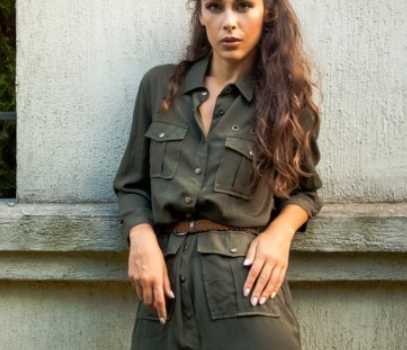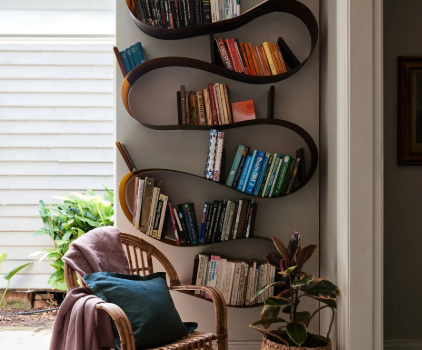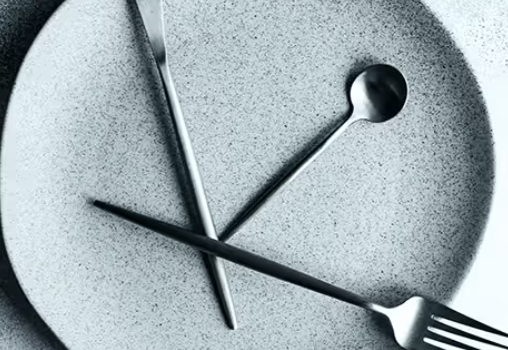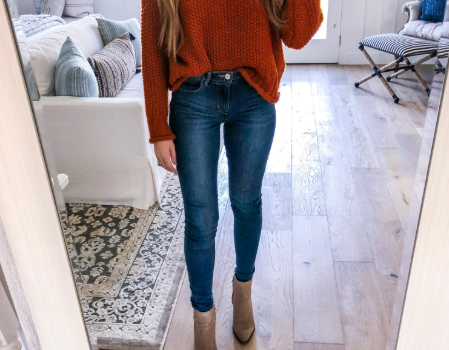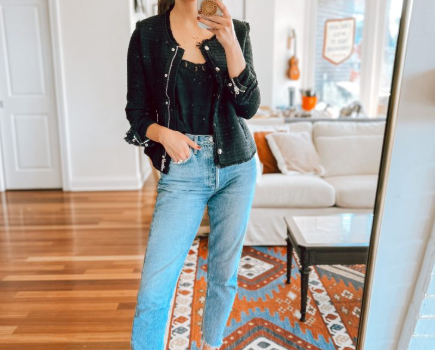Fasting has grown in popularity as a way to improve health, lose weight, and enhance overall well-being. While fasting may seem like a modern trend, it has been practiced for centuries for cultural, religious, and health reasons. In today’s world, it’s gaining recognition as a powerful tool for weight management and mental clarity.
Intermittent fasting, a shorter version of fasting, typically involves fasting for 16 to 18 hours, leaving an eating window of 6-8 hours. This method has proven to be beneficial for controlling blood sugar, reducing insulin resistance, and improving cholesterol levels.
One common question that comes up when starting a fasting routine is: What can I drink while fasting? The answer varies depending on the type of fast you’re following. For those doing regular fasting (as opposed to dry fasting), certain drinks are allowed, provided they don’t raise insulin levels and break the fast. Let’s dive into the drinks that are generally safe during a fast.
Water: The Best Choice
Water is the go-to drink when fasting. It has zero calories and keeps you hydrated without interrupting the fasting process. Whether you prefer still or sparkling water, you can drink as much as you need during a fast. If plain water doesn’t excite you, try adding a slice of lemon or opt for unsweetened sparkling water. Just be sure to check labels for any hidden sugars or sweeteners, as some flavored sparkling waters may contain ingredients that could spike insulin levels.
Black Coffee: Enjoy Your Caffeine Fix
For many people, fasting and coffee go hand-in-hand. Black coffee is a great beverage during a fast since it contains almost no calories and can help suppress appetite. It also provides a caffeine boost, which can be helpful when you’re feeling a bit sluggish during your fasting window. However, avoid adding cream, milk, or sugar to your coffee, as these ingredients can break the fast. If you struggle with the taste of black coffee, a small amount of low-carb sweetener might be acceptable, but it’s essential to check that it doesn’t contain calories.
Black Tea: Another Caffeine-Friendly Option
If you prefer tea over coffee, black tea is an excellent choice during fasting. Like black coffee, it contains caffeine, which can help curb hunger. Opt for unsweetened varieties like English breakfast or orange pekoe. Avoid fruit-flavored or spiced teas, as they may contain small amounts of sugar or other additives that could interfere with the fast.
Green Tea: Packed with Antioxidants
Green tea is another great option for those fasting. It provides a mild caffeine boost, helping you stay energized throughout the day. In addition, green tea is full of antioxidants, which offer various health benefits. If you prefer your tea cold, you can enjoy it iced. Matcha, a powdered form of green tea, is even more potent, as it contains up to three times the amount of antioxidants as regular green tea.
Calorie-Free Drinks: Stick to the Basics
To maximize the benefits of fasting, it’s best to stick to drinks that have zero calories and no additives like sugar, milk, or flavoring. While it might be tempting to reach for diet sodas or sugar-free flavored drinks, these often contain artificial sweeteners or ingredients that could potentially disrupt the fasting process. To be safe, avoid any beverages that contain even trace amounts of sugar or artificial sweeteners.
Bone Broth: A Nutritious Option
Though it technically breaks a fast, bone broth is often included in fasting routines due to its nutritional benefits. It’s rich in electrolytes and provides essential minerals, making it a good choice if you’re feeling weak or dehydrated during your fast. If you’re engaging in a ketogenic or low-carb diet, bone broth can be especially useful in replenishing your body without disrupting ketosis.
Healthy Fats: A Gray Area
Adding healthy fats such as MCT oil, coconut oil, butter, or ghee to your drinks is a controversial topic. While these fats don’t typically cause an insulin spike, they do break the fast to some extent by providing calories. That said, these fats won’t prevent ketosis, making them a preferred option for people who follow a ketogenic diet or are aiming to maintain energy levels during fasting.
Clean vs. Dirty Fasting: What’s the Difference?
When it comes to fasting, there are two main approaches: clean and dirty fasting.
- Clean fasting means consuming only water, black coffee, or black tea during the fasting window. No sweeteners, milk, or even herbal additions are allowed, as these could cause insulin spikes. Clean fasting ensures your body stays in a state of true fasting without any interference.
- Dirty fasting is more flexible. In this approach, you can consume up to 50 calories during the fasting window. This allows for small amounts of cream in your coffee, a sweetener in your tea, or even bone broth. While dirty fasting doesn’t provide the full benefits of a clean fast, it can be easier for those just starting out or looking for a more relaxed fasting approach.
Dry Fasting: The Most Restrictive Form
Dry fasting is the strictest form of fasting, where no food or drinks, including water, are consumed. This fast is believed to boost immunity, mental clarity, and assist with weight loss. However, due to the lack of hydration, dry fasting is only recommended for short periods (usually no more than 12 hours). While dry fasting can provide certain health benefits, it’s not suitable for everyone, especially people with medical conditions such as diabetes or eating disorders.
Intermittent Fasting: A Flexible Approach to Health
Intermittent fasting (IF) is a popular method where you fast for a specific number of hours, followed by an eating window. A common schedule is the 16:8 approach, where you fast for 16 hours and eat during an 8-hour window. As you get used to IF, you can adjust the fasting window to suit your lifestyle.
Fasting helps break habits that contribute to overeating, such as late-night snacking. The benefits of IF can extend to better weight management, improved mental focus, and more balanced energy levels throughout the day.
How to Break a Fast: Start Slow and Smart
When it comes to breaking your fast, it’s important to do so gently. Your first meal after fasting should be light and nutritious. After fasting for 16-20 hours, it’s best to avoid heavy meals. Instead, focus on easily digestible foods like fruits, vegetables, or a small, protein-rich meal. If you’re breaking a longer fast, gradual reintroduction of food can help prevent discomfort.
In Summary
Fasting can be a highly beneficial practice, whether you’re doing it for health, weight loss, or mental clarity. The key to success is finding the right approach for your body. Whether you choose clean or dirty fasting, sticking to low-calorie, non-sugary drinks is essential for maintaining the benefits of fasting. Remember, fasting is a flexible practice, and you can adjust the eating and fasting windows as needed to suit your lifestyle.









